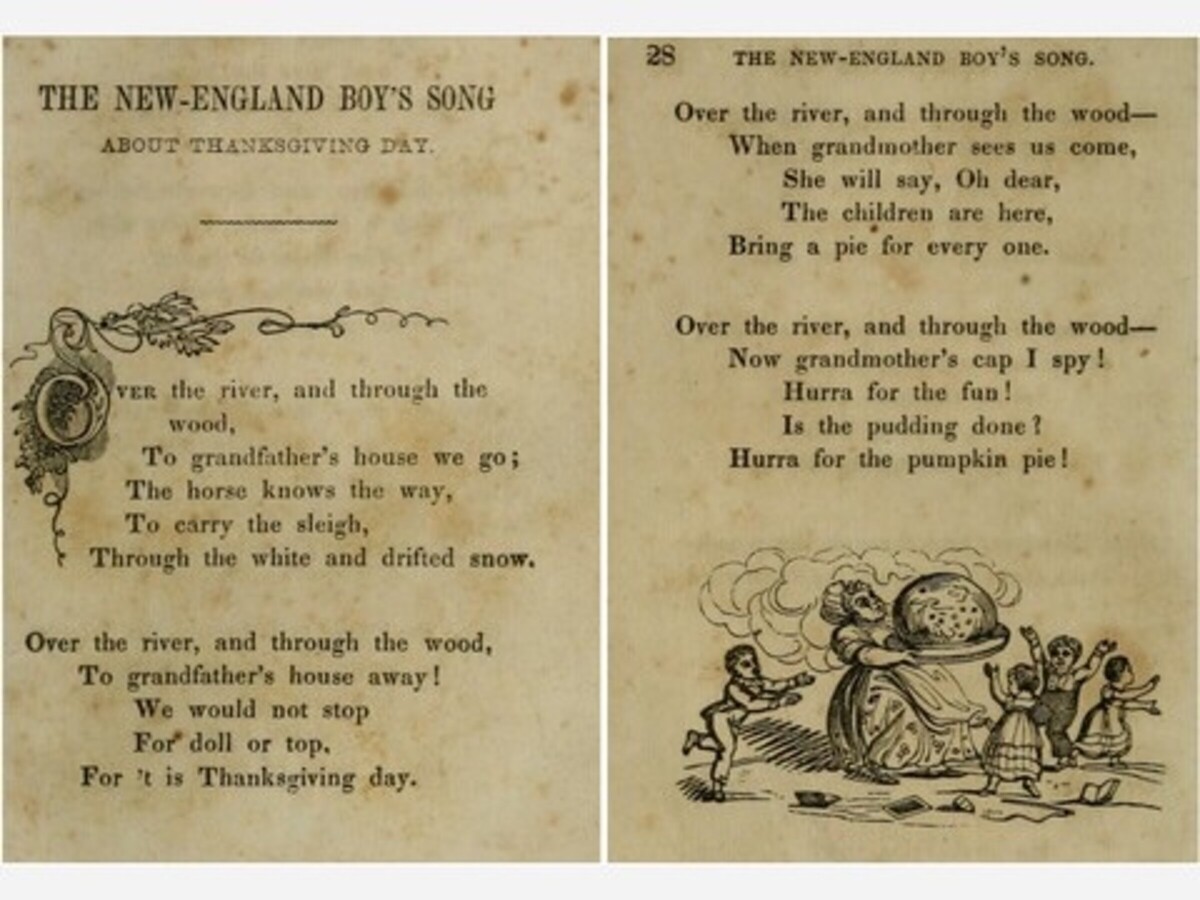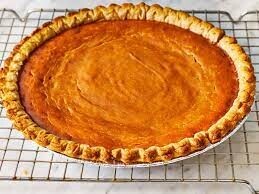Image


Like ripples on a lake, the good we do reaches out to bless others not just in our time, but for ages to come and in many unexpected ways. So a poem by Lydia Marie Child, born in 1802 in Medford, Massachusetts, touched me.
Ms. Child was a poet, novelist, and abolitionist well-known for her books on racial equality and domestic life. In 1884, she wrote a poem that would come to have quite an interesting impact on my life. She called it, “The New England Boy’s Song About Thanksgiving Day.” It begins “Over the River and through the woods, to grandfather’s house we go…” and after 12 verses, it ends with, “Hurrah for the fun! Is the pudding done? Hurrah for the pumpkin pie.”
Somewhere along the line, an anonymous composer wrote a melody to four verses and named them “The Thanksgiving Song.” This is how, decades later, I came to love this poem.
On November 12, 1952, when I was six years old, I immigrated to America from France with my parents and baby sister. We landed in New York Harbor one cold morning, and as we looked across the rail of the ship, we could see Lady Liberty in the distance. She signaled a promise of hope and sanctuary for our forlorn little family.
Within the week, after settling in two tiny rooms off of an alley in Trenton, New Jersey, I was sent to school. Language was a problem, so they put me in a second-grade class whose teacher had a French sounding last name, though sadly she spoke not a word of it and I had no knowledge of English. I’d have been totally lost had it not been for a precious little girl named Janet (I pronounced it “Jeanette”). I was as endlessly fascinated by her lovely brown skin and curly hair as she was with my freckles and long ringlets.
Janet adopted me and we were inseparable! We shared a love of singing and as the class was preparing a song for the Thanksgiving pageant I readily joined in singing along with “La, la, la.” It was strange to see children wearing head bands festooned with paper feathers, while others wore white caps or black hats. None of it made sense!
"Although the Thanksgiving holiday was not known to me, I understood that it stood for love, for home, for children laughing with joy, and for the warm welcome of an open heart."
Janet decided I was to learn English immediately and began a vigorous campaign, teaching me the words to the song which happened to be L.M. Child’s poem set to music. We recited those words on the playground, and as we walked to and from school, hand-in-hand. She was quite adamant that my pronunciation be correct. I really tried, but the “r” sound eluded me. The song so engrossed me that I even practiced the words under my blanket at night. (Now nearly 70 years later, I remember every word of that song.)
In the days that followed, Mrs. Child’s poem, which began as an impossible garble of sounds, became words. Those words gave birth to understanding and eventually unlocked a beautiful truth. Although the Thanksgiving holiday was not known to me, I understood that it stood for love, for home, for children laughing with joy, and for the warm welcome of an open heart.
The crazy headgear, however, still had me puzzled— and one more thing: what in the world was pumpkin pie?

Up to this point Janet had translated much of “The Thanksgiving Song” by drawing pictures of snow, sleds, grandfather and grandmother, etc., but the pie remained a mystery. As she often did, Janet would stop by in the evening to help me with homework and language. One particular evening, she brought us a generous surprise: a big slice of her mother’s homemade pumpkin pie. Mystery solved.
We immediately fell in love with the creamy, spicy, delicious golden filling encased in the flakiest crust. It was just a moment before we all laughed and shouted “hurrah for the pumpkin pie” in our broken English. (My mother and father were learning some English, too.)
By spring, we left the city for a small place in the country, and I never saw Janet again. How I wish I could tell her how thankful I am that she welcomed a lost and bewildered foreign child who spoke no English and who dressed differently. I’m so grateful that she unknowingly unlocked the door to a fascinating new language and culture. I’m grateful we could be friends who sang “The Thanksgiving Song” together. And I’m thankful for that first taste of her mama’s pumpkin pie!
Within a few years, my mother was treating us to wonderful Thanksgiving dinners that ended with whipped cream-topped pumpkin pie. As children, we’d always sing “that” song when the pie was served. Now, years later, my daughter and I happily bake the pies and on Thursday, as I savor that first bite, my mind will travel back to the memory of the first time…
High in the mountains above Bally, where the dense groves of treetops seem to touch the sky, is Francine Black, Boyertown’s own version of chef Julia Child. Her daily activities reflect the things she most values: family and friends, music, and lovingly prepared food. To comment on Francine's column, log into The Expression and click the comment bubble below.